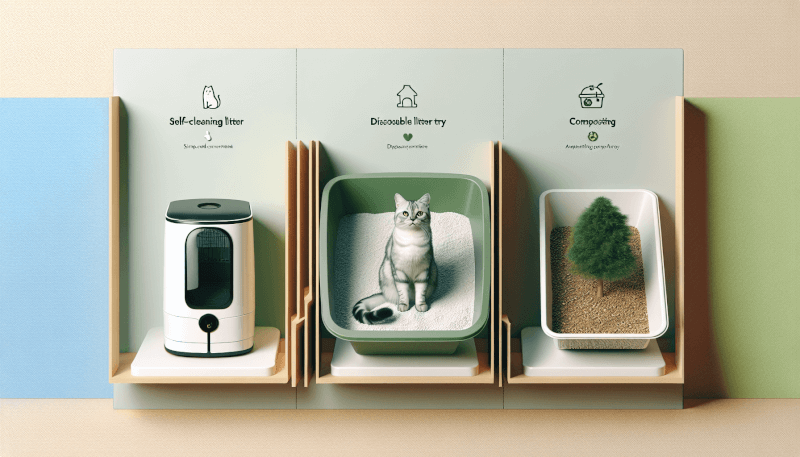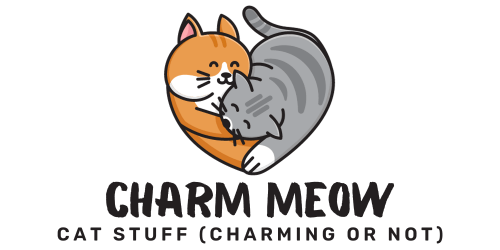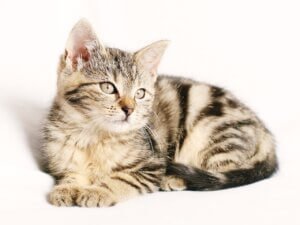Having a cat as a furry companion is an absolute joy, but let’s be honest, dealing with their litter can sometimes be a not-so-pleasant experience. The good news is, there are now amazing cat litter disposal systems available that can make your life much easier and your home clean and odor-free. In this ultimate guide, we will explore the best cat litter disposal systems on the market, their features, and how they can revolutionize your cat litter routine. So say goodbye to unpleasant odors and messy clean-ups, and say hello to a fresh and pristine home for both you and your feline friend.
Types of Cat Litter Disposal Systems
When it comes to cat litter disposal, there are several different systems available on the market. Each system has its own advantages and drawbacks, so it’s important to understand the different options before making a decision. Here are the main types of cat litter disposal systems to consider:
Traditional Litter Boxes
Traditional litter boxes are the most commonly used cat litter disposal system. They consist of a basic box or tray filled with cat litter. To dispose of the waste, you simply scoop it out and discard it in a trash bag or bin. Traditional litter boxes are inexpensive and easy to find, making them a popular choice for many cat owners.
Self-Cleaning Litter Boxes
Self-cleaning litter boxes are a more advanced option for cat litter disposal. These boxes have sensors that detect when your cat has used the litter box and automatically scoop the waste into a separate compartment. Some models even have the ability to flush the waste away. Self-cleaning litter boxes can be more expensive than traditional boxes, but they offer the convenience of hands-free cleaning.
Flushable Cat Litter
Flushable cat litter is designed to be safe for flushing down the toilet. It is made from materials that break down quickly and won’t clog your plumbing. This type of cat litter can be a convenient option for those who want to avoid dealing with trash bags full of waste. However, it’s important to note that not all cat litter labeled as “flushable” is truly safe for flushing, so it’s essential to choose a reputable brand.
Biodegradable Cat Litter
Biodegradable cat litter is made from natural materials that break down easily in the environment. This type of litter is a more eco-friendly option, as it reduces the amount of waste that ends up in landfills. Biodegradable litter can be composted or thrown away in the trash, depending on the brand. It’s important to read the packaging and follow the manufacturer’s instructions for proper disposal.
Scoop-Free Litter Boxes
Scoop-free litter boxes are another automated option for cat litter disposal. These boxes use special crystals or granules that absorb moisture and control odor. When your cat uses the litter box, the waste is quickly dried out and stored in a separate compartment. Scoop-free litter boxes require less maintenance than traditional litter boxes or self-cleaning boxes, but they can be more expensive initially.
Considerations When Choosing a Cat Litter Disposal System
Now that you know the various types of cat litter disposal systems available, it’s important to consider a few key factors before making a decision. Here are some things to keep in mind:
Size and Space
Consider the size of your home and the available space for a litter box. Traditional litter boxes require a designated area, while self-cleaning and scoop-free boxes may need access to an electrical outlet. Make sure you choose a system that fits comfortably within your living space.
Number of Cats
If you have multiple cats, you may need to consider a litter box system that can accommodate them all. Some self-cleaning and scoop-free litter boxes have multiple compartments or larger capacities to accommodate multiple cats. Traditional litter boxes may require more frequent cleaning with multiple cats using the same box.
Cost
Budget is an important consideration when choosing a cat litter disposal system. Traditional litter boxes are the most affordable option, while self-cleaning and scoop-free litter boxes can be more expensive. Additionally, the ongoing cost of purchasing litter and accessories should be taken into account.
Ease of Use
Consider how easy each system is to use and maintain. Traditional litter boxes require regular scooping and cleaning, while self-cleaning and scoop-free boxes automate much of the process. Think about how much time and effort you are willing to invest in maintaining the litter box system.
Odor Control
Odor control is another important factor to consider. Some litter box systems are more effective at controlling odors than others. Self-cleaning and scoop-free litter boxes often use special crystals or granules that can help absorb and neutralize odors. Consider whether odor control is a top priority for you and choose a system accordingly.
By considering these factors, you can make an informed decision and choose a cat litter disposal system that best suits your needs and preferences.
Traditional Litter Boxes
Traditional litter boxes are the most common and affordable option for cat litter disposal. They consist of a basic box or tray filled with cat litter. Here are some benefits and drawbacks of traditional litter boxes:
Benefits of Traditional Litter Boxes
- Affordability: Traditional litter boxes are often the least expensive option, making them accessible to cat owners on a tight budget.
- Availability: These litter boxes are widely available in various sizes and styles, making it easy to find one that fits your needs and preferences.
- Flexibility: Unlike some automated systems, traditional litter boxes can be used with a wide range of cat litter types, giving you more versatility in choosing the litter that works best for your cat.
Drawbacks of Traditional Litter Boxes
- Maintenance: Traditional litter boxes require regular scooping and cleaning to prevent odors and maintain hygiene.
- Odor Control: While some traditional litter boxes come with lids or filters to help control odors, they may not be as effective as specialized odor control systems.
- Space: Traditional litter boxes can take up a significant amount of space, especially if you have multiple cats or limited room in your home.
Best Practices for Using Traditional Litter Boxes
- Scoop Daily: It’s important to scoop the litter box at least once a day to remove waste and prevent odors.
- Deep Clean Weekly: In addition to daily scooping, deep clean the litter box at least once a week by emptying all the litter, washing the box with mild detergent, and refilling it with fresh litter.
- Use Odor Control Products: Consider using odor control products, such as litter deodorizers or air fresheners near the litter box, to help manage unpleasant smells.
By following these best practices, you can ensure that your traditional litter box remains clean and odor-free.
Self-Cleaning Litter Boxes
Self-cleaning litter boxes offer a more advanced solution for cat litter disposal. These boxes have built-in sensors that detect when your cat has used the litter box and automatically scoop the waste into a separate compartment. Here are some advantages and disadvantages of self-cleaning litter boxes:
Advantages of Self-Cleaning Litter Boxes
- Convenience: Self-cleaning litter boxes automate the scooping process, saving you time and effort.
- Odor Control: Many self-cleaning litter boxes use specialized crystals or granules that help control odors by absorbing moisture and neutralizing smells.
- Reduced Maintenance: Self-cleaning litter boxes require less frequent scooping and cleaning, making them a low-maintenance option.
Disadvantages of Self-Cleaning Litter Boxes
- Cost: Self-cleaning litter boxes can be more expensive than traditional litter boxes, with higher upfront costs and occasional expenses for replacement parts or specific litter requirements.
- Noise: Some self-cleaning litter boxes can be noisy when they activate the cleaning mechanism, which may be a concern for noise-sensitive cats or owners.
- Size Limitations: Some self-cleaning litter boxes have size limitations, which may not be suitable for larger cats or multiple cats sharing the same box.
Top Self-Cleaning Litter Box Models
- Litter-Robot 3: This self-cleaning litter box uses a rotating mechanism to separate clumps from clean litter, providing a hassle-free cleaning experience.
- PetSafe ScoopFree Ultra: The PetSafe ScoopFree Ultra is a popular self-cleaning litter box that uses disposable trays, reducing the need for scooping and cleaning.
- CatGenie Self-Washing Self-Flushing Cat Box: With the CatGenie Self-Washing Self-Flushing Cat Box, waste is liquefied and flushed away, providing a self-cleaning solution that mimics a real toilet.
By considering the advantages and disadvantages of self-cleaning litter boxes, as well as researching the top models available, you can determine if this type of cat litter disposal system is the right choice for you and your feline friend.





